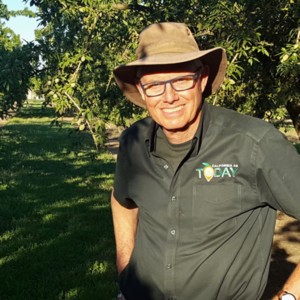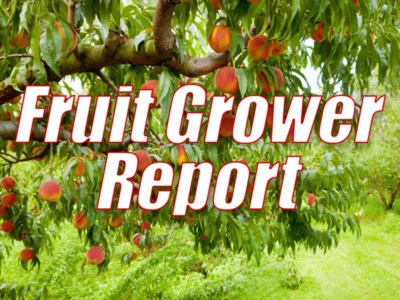An Integrated Approach for Navel Orangeworm Control
David Haviland is a UC Cooperative Extension Entomologist in Kern County---“So we all know navel orangeworms, are not a simple pest to control and it takes a sort of integrated pest management approach.”“We know the base of that sanitation is getting rid of all the mummies in the winter to make sure that we reset the clock when navel orangeworm emerges in the spring,” he explained.
We know that the earlier you harvest, the better you're going to be. So early and timely harvest is going to help.
“We know insecticides help. They've been around a while, they're effective and certainly people are using them. At the same time, those three things alone don't always control the pest to the level you need, and that's where mating disruption can come in as an another leg on the IPM chair or another tool in the toolbox,” he said.
Haviland explained the different strategies of mating disruption for navel orange worm----the number one passed and almonds and pistachios.
Right now there's really three different groups of products registered. There are the aerosol products a canister that you hang in the orchard and releases pheromone at certain intervals throughout the season.
The second group is what we call the meso emitter, that's a rubber strip that's hung in the trees that passively releases the pheromone all year. And the third that's new is a sprayable pheromone. It's one that you put in the tank and you spray it along with a insecticide or fungicide out into the orchard.
It's recommended that growers contact their PCA's, discuss these options for control of navel orange worm.

















